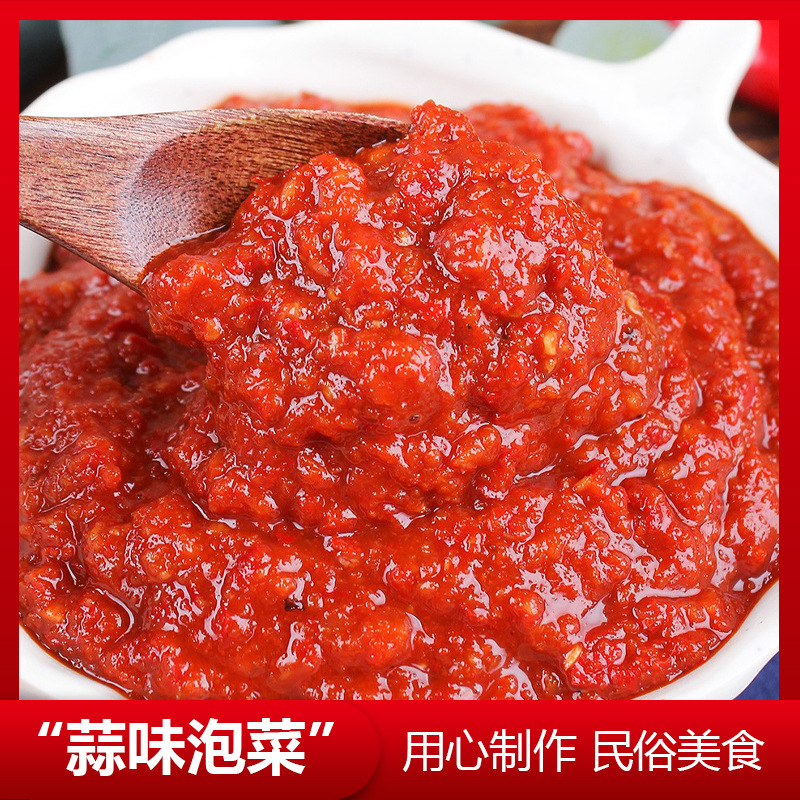Artificial Intelligence
Pheasant hatching eight points
Selecting high-quality eggs is the first and most crucial step in successful hatching. It's best to use preserved eggs within two weeks for optimal results. The eggs should be normal in shape, moderately sized, uniformly thick, and consistently colored with a bright appearance. The shorter the storage time, the higher the likelihood of successful hatching.
Disinfection is an essential part of the process before incubation. A common method is fumigation, using 15 grams of potassium permanganate and 30 milliliters of formalin per cubic meter of space. This should be done at a temperature between 25°C and 30°C for about 20 minutes to effectively eliminate harmful viruses. Disinfection is typically carried out in a sterilizer or a sealed chamber to ensure safety and effectiveness.
Temperature control is the most critical factor during incubation. The ideal temperature varies depending on the stage of embryonic development. In the early stages, a slightly higher temperature is needed, gradually decreasing as the embryo matures. During the final days, a slight increase helps with hatching. Here’s a general guideline:
- Preheat eggs for 6–8 hours before starting, with an egg temperature of 36°C–38°C.
- Days 1–7: 38.8°C–39.2°C.
- Days 8–14: 38.5°C–38.8°C.
- Days 15–20: 38°C–38.5°C.
- Days 21–24 (hatching period): 38.5°C–39°C.
Humidity is equally important throughout the incubation process. Too little humidity can cause the embryos to stick to the shell, making it difficult for them to hatch. On the other hand, excessive humidity may lead to poor absorption of the yolk sac, resulting in weak or dead chicks. The recommended humidity levels are:
- Early stage: 60%–65%.
- Middle stage: 55%–60%.
- Late stage: 60%–68%.
- Hatching period: 70%–75%.
Egg turning is necessary to ensure even heat distribution. Eggs should be turned manually or naturally, ideally every 2–4 hours starting from day two. Each turn should be 180 degrees. However, this practice stops on the 21st day to allow the embryos to position themselves for hatching.
Air drying is another key step. In the later stages of incubation, especially around day 16, eggs should be dried once daily at a temperature of 38.8°C. For the last few days (days 21–24), drying should be done twice a day. Adjust the drying time based on the condition of the eggs. When the temperature drops to 35°C, continue incubation.
Spraying water is an effective technique to improve hatching success. Pheasant eggs have a thick shell membrane and are harder to break through. Spraying warm water (around 35°C) once daily from day 21 to 24 helps soften the shell, making it easier for the chick to hatch. After spraying, allow the water to dry before continuing incubation.
Finally, regular inspections are necessary to monitor the progress. On days 6–8, check for fertilization by observing the embryo’s eye and the color of the yolk. A healthy embryo will show red and bloody spots, while non-fertilized eggs remain unchanged. Remove any unfertilized or dead eggs promptly to maintain optimal conditions. Always adjust based on the specific situation and the development of the embryos.

1. Garlic fragrance everywhere, unique charm.
Garlic-flavored kimchi exudes a rich garlic aroma. That unique scent instantly arouses your appetite and makes you unable to resist. 2. Crispy texture, unforgettable aftertaste. Every bite of garlic-flavored kimchi brings a crispy texture, bouncing between the teeth and leaving an unforgettable aftertaste. 3. Traditional craftsmanship, made with ingenuity. Following traditional production techniques, carefully select fresh ingredients and integrate full ingenuity to ensure excellent quality. 4. Versatile and delicious, freely matched. Whether it is paired with rice, noodles, dumplings, or enjoyed as a side dish with meat and seafood, garlic-flavored kimchi can blend perfectly and add a unique flavor. 5. Nutritious and a healthy choice. Rich in nutritional ingredients such as vitamins and dietary fiber. While enjoying the deliciousness, it also helps your health. 6. Convenient and fast, enjoy at any time. Convenient packaging and easy to store. Whenever and wherever you want to eat, you can easily open it and taste this deliciousness. 7. Unique flavor, regional characteristics. With a strong regional flavor, garlic-flavored kimchi allows you to appreciate different food cultures and feel a different kind of charm. 8. Stimulate the taste buds and awaken vitality. The strong garlic flavor and the sour and spicy taste of kimchi interweave, stimulating your taste buds, awakening your vitality and making you full of energy.

Garlic Flavored Kimchi,Korean Cuisine,Spicy Garlic Kimchi,Garlic Kimchi
Yanbian Jingangshan Food Co., Ltd , https://www.ybjgsfood.com